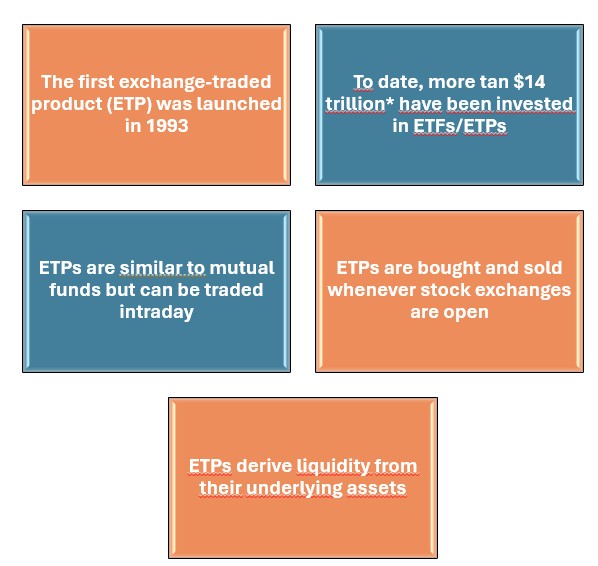State Street Acquires Mizuho Financial Group’s Global Custody Business
| For Amaya Uriarte | 0 Comentarios

State Street Corporation and Mizuho Financial Group have announced an agreement under which State Street will acquire Mizuho‘s global custody business and related activities outside Japan. According to the companies, these businesses support the overseas investments of Mizuho‘s Japanese clients.
Currently, Mizuho operates its global custody business and related services outside Japan through its local subsidiaries: Mizuho Trust & Banking (Luxembourg)—owned by Mizuho Trust & Banking—and Mizuho Bank (USA), a wholly owned subsidiary of Mizuho Bank, Ltd. Both entities manage approximately $580 billion in assets under custody and $24 billion in assets under management.
According to the companies, following this transaction, Mizuho will leverage its expertise and network as one of Japan’s leading financial institutions to continue providing its Japanese clients with reliable custody services for their domestic assets while collaborating with State Street on global custody and related services.
The transaction is expected to be completed in the fourth quarter of 2025, as it remains subject to regulatory approvals and other closing conditions.
Key Statements on the Transaction
“Japan, Luxembourg, and the United States are key markets for State Street. This transaction demonstrates our strong commitment to accelerating our growth in these markets. Mizuho’s decision to entrust State Street with serving its valued clients reaffirms its confidence in our high-quality service, industry-leading capabilities, and commitment to product innovation and technology investment. With 35 years of experience in Japan and Luxembourg, along with our long-standing presence in the United States, State Street is well-positioned to support the global growth and business transformation of Mizuho‘s clients,” said Stefan Gmür, Head of Asia-Pacific and Head of Strategic Business Growth at State Street.
Meanwhile, Tsutomu Yamamoto, Senior Executive Officer and Head of the Global Transaction Banking Unit at Mizuho, added: “In today’s increasingly complex investment landscape, clients require global custody providers with significant scale and deep expertise. After careful evaluation, we have decided to transfer our global custody business to State Street, a recognized leader with an established presence in Japan. This strategic move will ensure that our clients benefit from State Street‘s global platform and extensive expertise.”
According to Hiroshi Kobayashi, Head of Japan at State Street, this transaction aims to meet clients’ needs not only in global custody but also in data management, risk and performance analysis, currency management, and securities financing.
“We look forward to ensuring a seamless transition for Mizuho’s clients. As the acquired business integrates into our global operating model, we are confident that our increased scale will allow us to further expand our technological and service capabilities, enhancing the experience for both existing and new clients in Japan,” Kobayashi stated.
State Street’s Business in Japan and Luxembourg
State Street established its business in Japan more than 35 years ago. With an experienced team of over 500 employees across its offices in Tokyo and Fukuoka, State Street provides Japanese institutional investors with a full range of services, including trusts, global custody, middle- and back-office outsourcing, data management, trading solutions, and financing. State Street also operates a center of operational excellence in Fukuoka, which has been supporting clients in Japan and the broader Asia-Pacific region for over a decade.
Additionally, State Street has been present in Luxembourg for 35 years, offering services such as fund administration, custody, and transfer agency. Headquartered in Boston, Massachusetts, State Street operates globally across more than 100 markets.














